In the world of architecture, certain names like Frank Lloyd Wright or Zaha Hadid are often celebrated for their groundbreaking contributions. However, many other architects, despite their profound impact on urban spaces, remain relatively unknown to the general public. These architects have redefined how we experience cities and communities, blending functionality with innovative design to create environments that are not only livable but also inspiring. This article explores the top 11 most little-known architects who, through their visionary work, have quietly shaped the landscapes of urban spaces around the world. Their stories remind us that sometimes the most transformative ideas come from those working behind the scenes.
Charles Eames
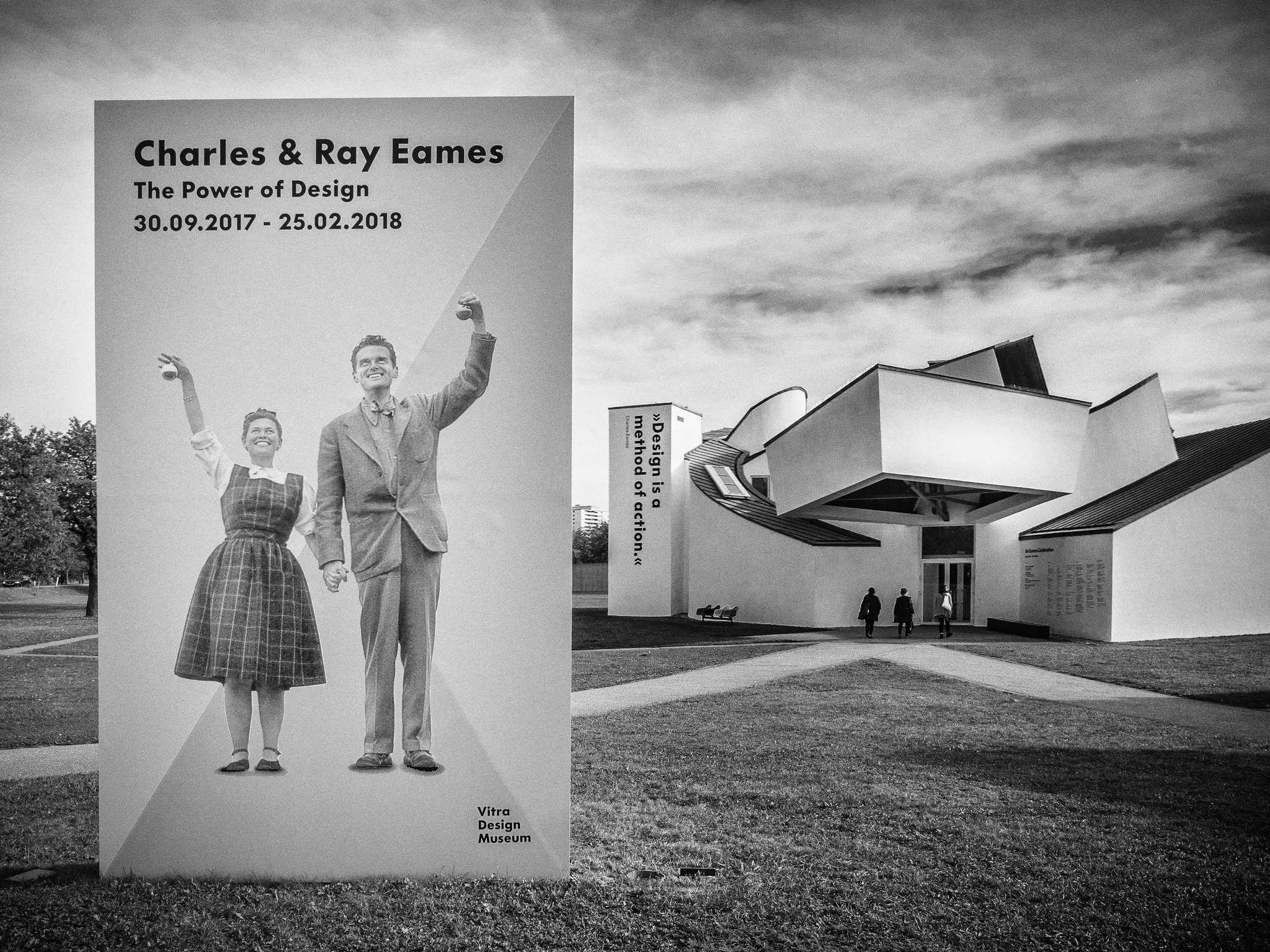
Charles Eames, along with his wife Ray Eames, profoundly influenced modern architecture, industrial design, and furniture. While widely recognized for their Eames Lounge Chair and contributions to modern design, the Eameses’ influence on urban spaces is often underappreciated. Charles Eames believed in the integration of design with daily life, emphasizing that good design should be accessible to all. This philosophy extended beyond furniture into architecture and urban planning. The Eames House, also known as Case Study House No. 8, is a prime example of their innovative approach to residential architecture, blending the indoors with the outdoors in a way that redefined how urban dwellers interacted with their environment. Their work, which prioritized functionality without sacrificing aesthetic beauty, set new standards in modern design and architecture, making Charles Eames a pivotal figure in redefining urban spaces for the 20th century.
Charles Rennie Mackintosh
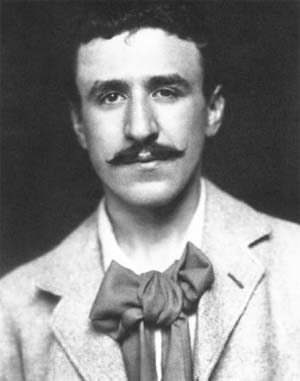
Scottish architect Charles Rennie Mackintosh was a visionary who combined Art Nouveau with modernist elements, creating a unique architectural style that was both forward-thinking and deeply rooted in nature. Mackintosh’s designs, such as the Glasgow School of Art and the Hill House, are celebrated for their innovative use of light, space, and materials. He challenged traditional architectural norms by incorporating organic forms and motifs, which brought a new level of sophistication and elegance to urban spaces. Mackintosh’s approach was holistic, often designing not just the structure but also the furniture and interior details, ensuring a cohesive aesthetic experience. Despite his contributions to modern architecture, Mackintosh remains less recognized than his contemporaries, yet his work continues to influence architects and designers worldwide, marking him as a true pioneer who redefined urban spaces.
Gerrit Rietveld
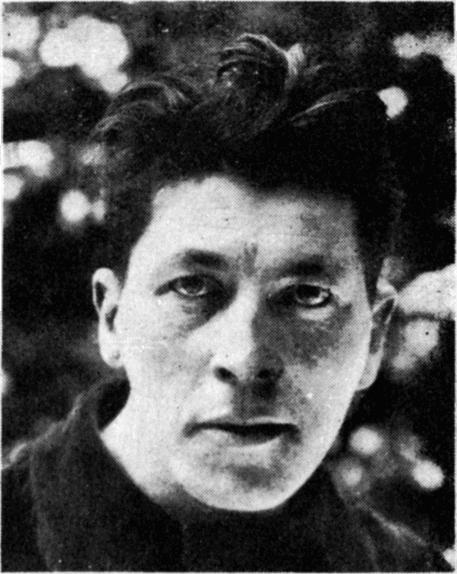
Gerrit Rietveld, a Dutch architect and designer, was a central figure in the De Stijl movement, which sought to express a new aesthetic of harmony and order. Rietveld’s architectural philosophy was grounded in simplicity and functionality, as seen in his most famous work, the Schröder House. This structure, with its clean lines, open spaces, and use of primary colors, broke away from the traditional concept of home design. Rietveld also created iconic furniture pieces like the Red and Blue Chair, which mirrored his architectural principles. His approach to design, which integrated art, architecture, and furniture into a unified whole, redefined urban spaces by promoting minimalism and the harmonious coexistence of form and function. Despite his influence on modern architecture, Rietveld remains less recognized than other modernist pioneers, making his contributions all the more significant.
Friedensreich Hundertwasser
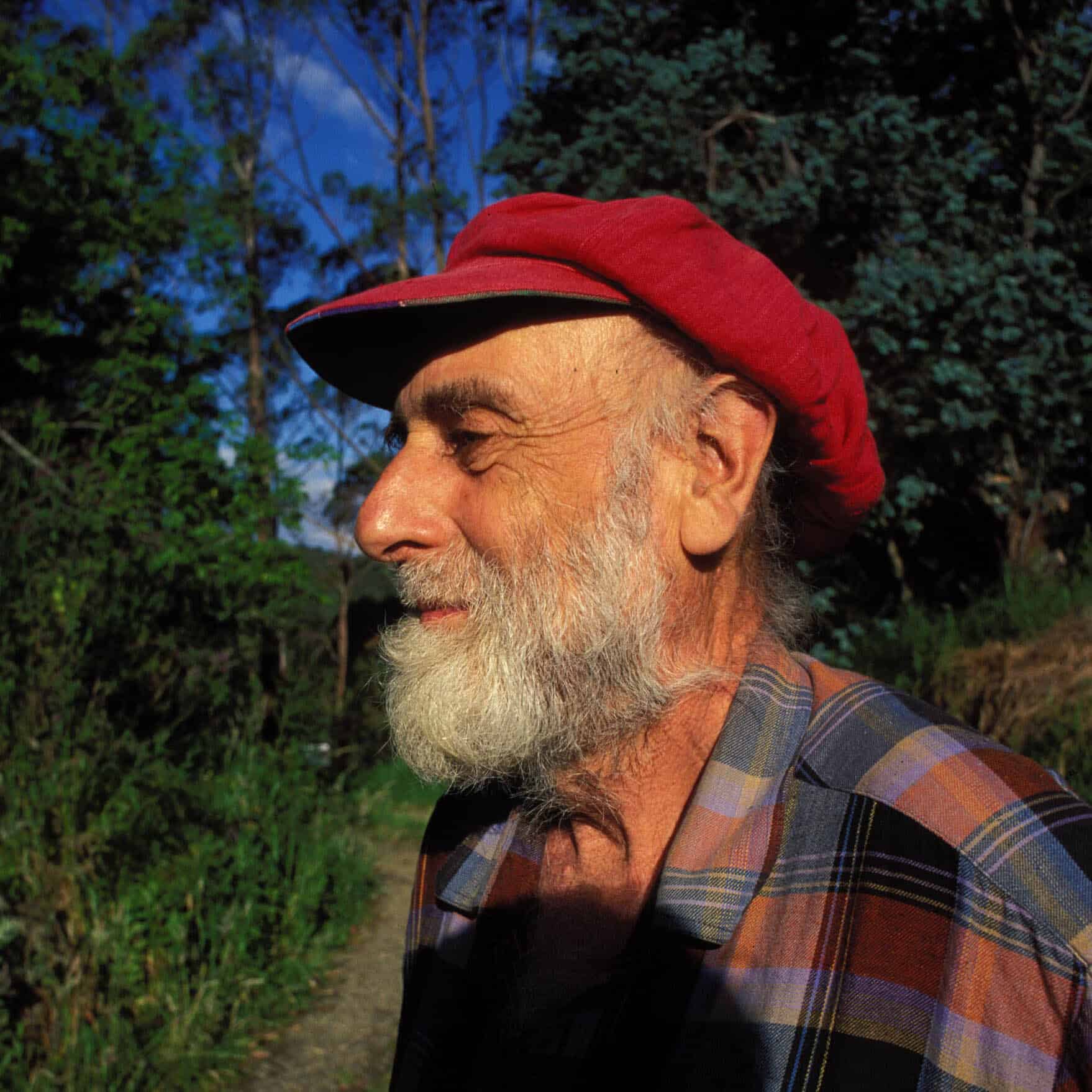
Austrian architect and artist Friedensreich Hundertwasser was known for his rejection of straight lines and his embrace of organic, irregular forms. Hundertwasser’s buildings, such as the Hundertwasserhaus in Vienna, are characterized by their vibrant colors, undulating floors, and integration of nature into the built environment. His philosophy was deeply rooted in environmentalism, advocating for a closer connection between humans and nature in urban design. Hundertwasser’s work challenged the rigid, functionalist approach of modern architecture, offering an alternative that was whimsical, artistic, and deeply human. His buildings, which often incorporate green roofs and living walls, have redefined urban spaces by bringing nature back into the cityscape, promoting sustainability long before it became a global concern.
Matti Suuronen

Finnish architect Matti Suuronen is best known for his futuristic designs, particularly the UFO-shaped Futuro House. Designed in the late 1960s, the Futuro House was a symbol of the space-age optimism of the time, offering a new vision for portable, prefabricated housing. Suuronen’s design was innovative not only for its appearance but also for its use of materials like fiberglass-reinforced polyester, which made the structure lightweight and easy to transport. Suuronen’s work redefined urban spaces by introducing the concept of mobility in architecture, challenging the notion that homes had to be fixed structures. His vision of adaptable, futuristic housing has influenced modern architectural concepts of modular and sustainable living, making him a significant, though little-known, figure in the field.
Revathi Kamath
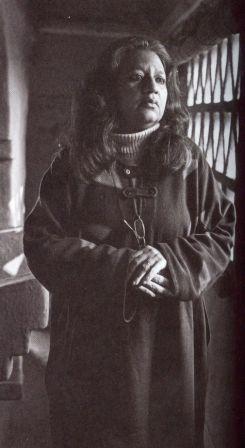
Revathi Kamath was an Indian architect known for her pioneering work in mud architecture and her commitment to sustainable design. Kamath’s approach to architecture was deeply influenced by traditional Indian building techniques, which she modernized to create structures that were both environmentally friendly and culturally significant. Her projects, such as the Mud House and the Kamath Design Studio, showcase her innovative use of local materials and her dedication to creating spaces that are in harmony with their surroundings. Kamath’s work redefined urban spaces by demonstrating that traditional materials and methods could be adapted to meet contemporary needs, making her a leading figure in sustainable architecture in India.
Rem Koolhaas
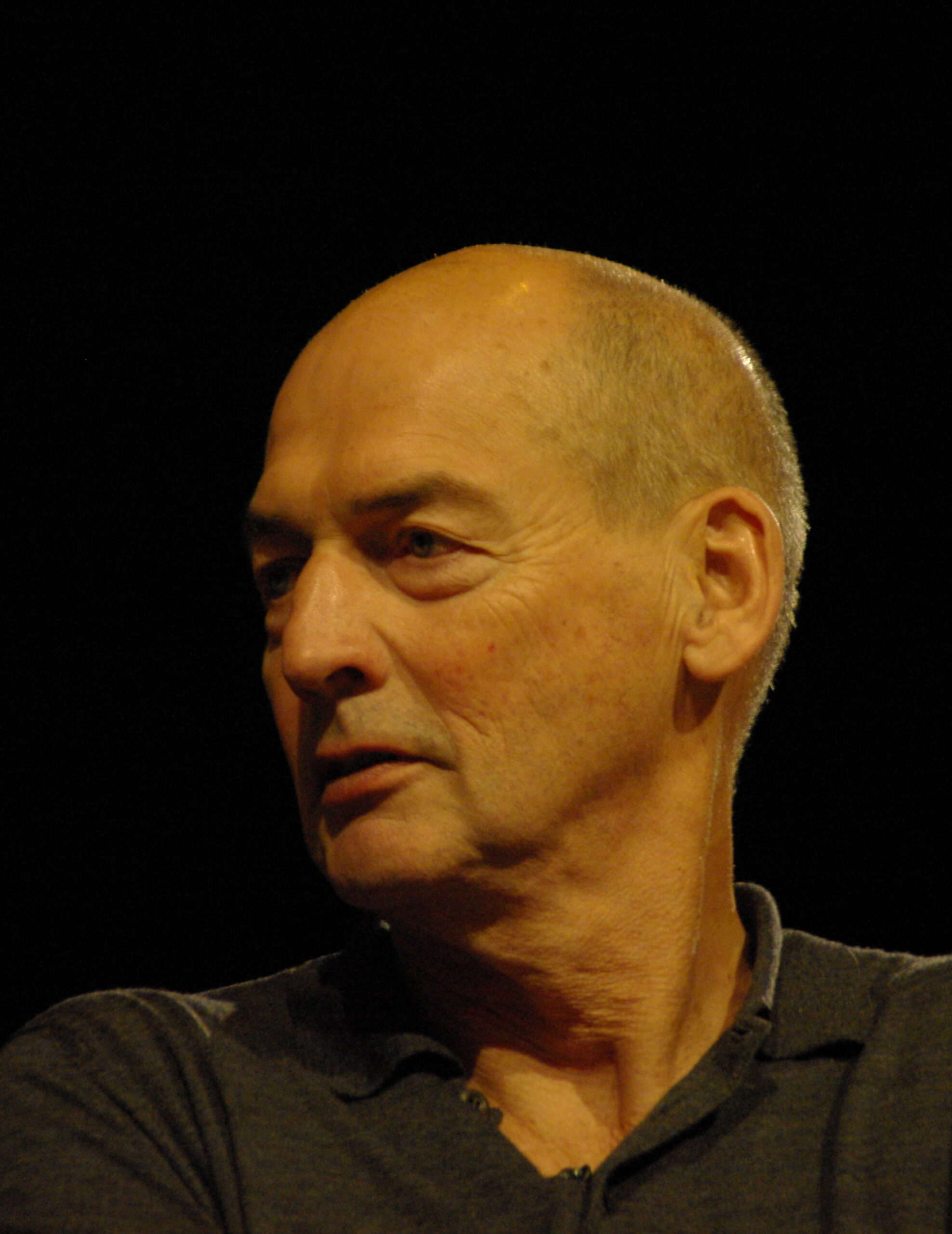
Rem Koolhaas is a Dutch architect and urban planner known for his bold and unconventional designs. His work, such as the CCTV Headquarters in Beijing and the Seattle Public Library, challenges traditional architectural norms and explores the relationship between architecture and urbanism. Koolhaas’s approach is characterized by a deep understanding of the cultural and social dynamics that shape cities, and his projects often reflect a provocative blend of form and function. Koolhaas has redefined urban spaces by questioning the status quo and pushing the boundaries of what architecture can achieve. His work continues to influence architects and urban planners around the world, making him one of the most important, yet still not widely recognized, figures in contemporary architecture.
Le Corbusier
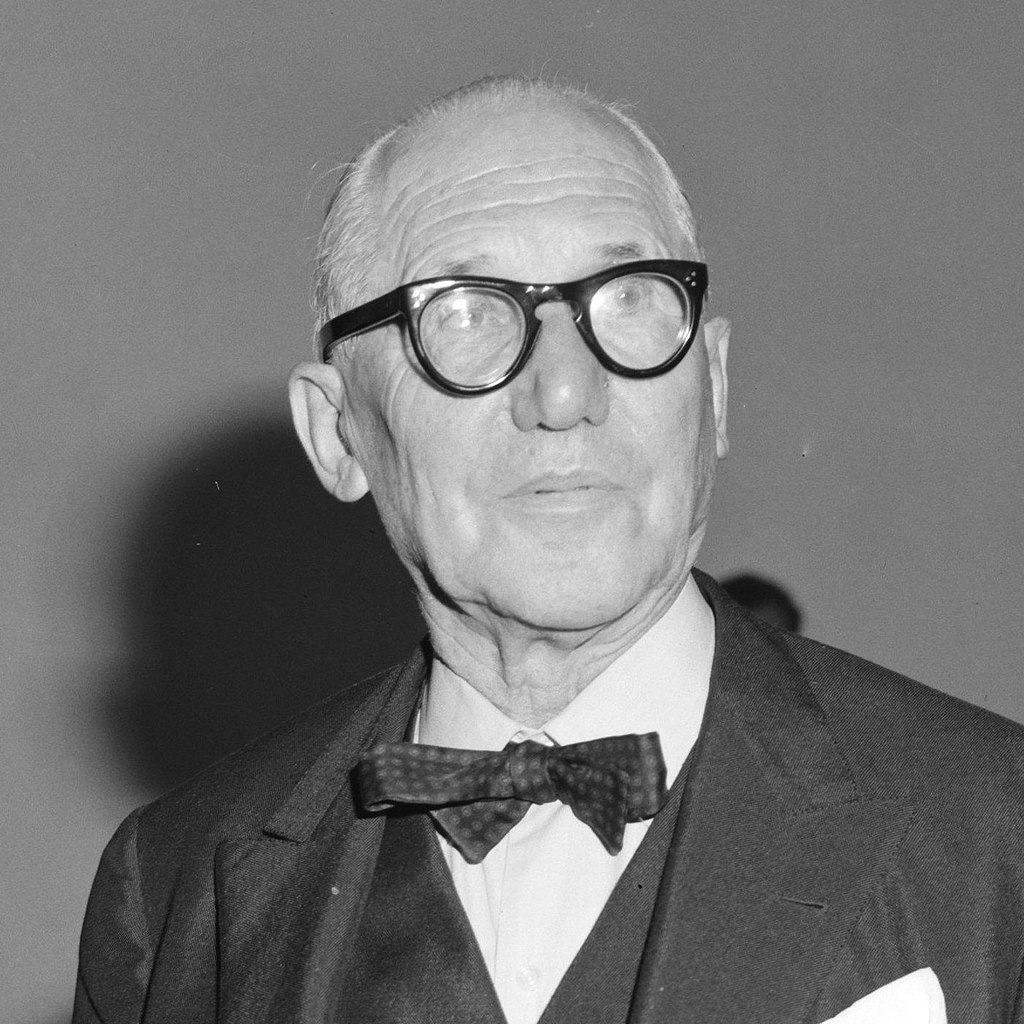
Le Corbusier, a Swiss-French architect, is widely regarded as one of the pioneers of modern architecture. His ideas on functionalism and urban planning have had a profound impact on the development of cities in the 20th century. Le Corbusier’s concept of the “Radiant City,” which emphasized the use of open spaces, high-rise buildings, and efficient transportation systems, was revolutionary in its time. His work, including the design of the city of Chandigarh in India, redefined urban spaces by introducing a new way of thinking about how cities should be organized and how people should live within them. Despite his significant contributions, Le Corbusier’s work is often overshadowed by his more famous contemporaries, making his influence on urban spaces all the more remarkable.
Jane Jacobs
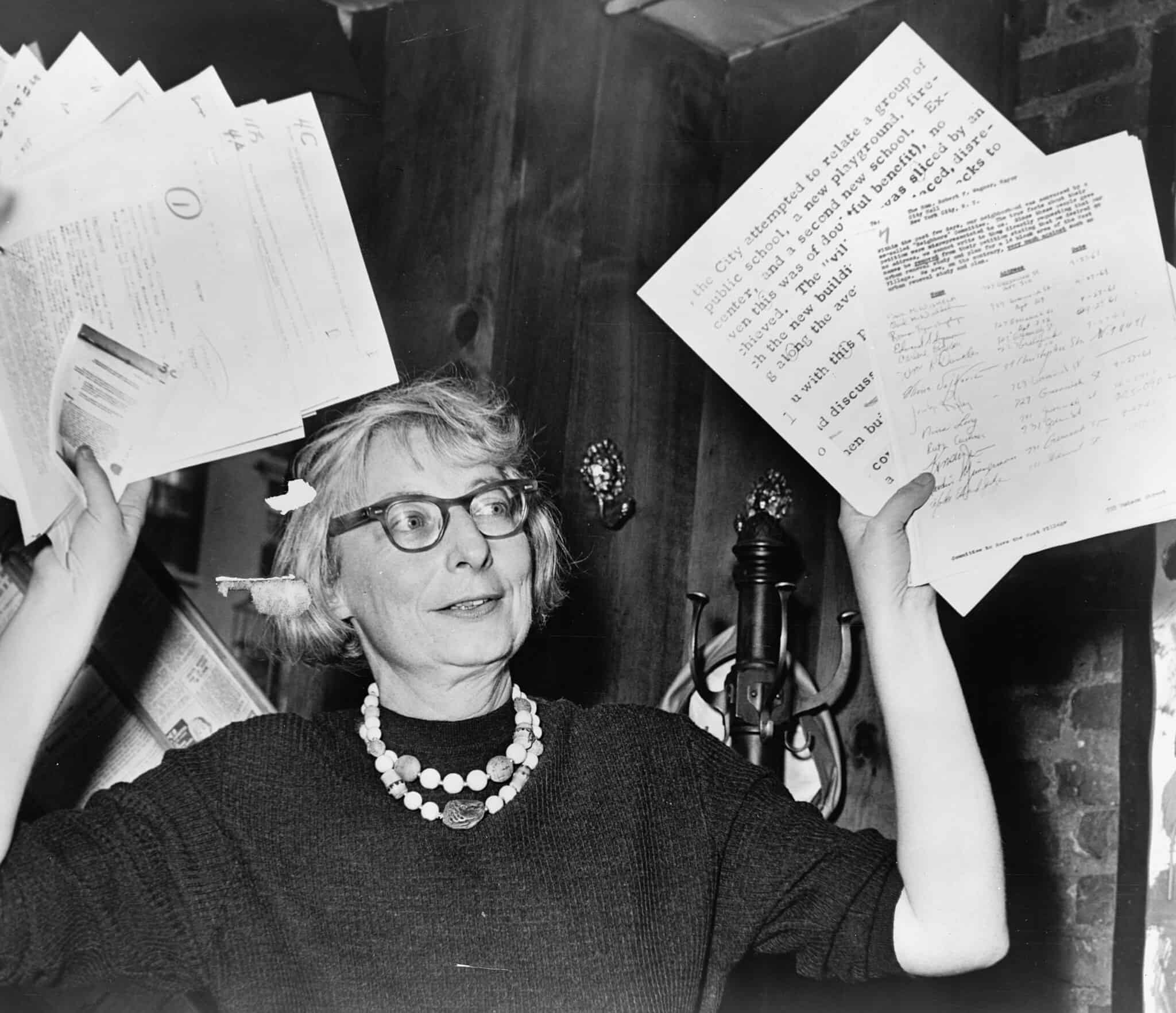
Jane Jacobs was an urban theorist whose ideas challenged the traditional approaches to urban planning that dominated the mid-20th century. Her book, “The Death and Life of Great American Cities,” argued against the large-scale urban renewal projects that were popular at the time, advocating instead for the preservation of vibrant, mixed-use neighborhoods. Jacobs believed that cities should be designed for people, not cars, and that the success of urban spaces depended on their ability to foster social interaction and community. Her work has redefined urban spaces by emphasizing the importance of human-scale development and the need for bottom-up planning processes. Jacobs remains a crucial figure in urban studies, even if her contributions are not as widely recognized as those of some of her peers.
Janette Sadik-Khan

Janette Sadik-Khan, former Commissioner of the New York City Department of Transportation, is known for her transformative impact on urban mobility and public spaces. Under her leadership, New York City saw the creation of pedestrian plazas, bike lanes, and the redesign of streets to prioritize people over cars. Her work has redefined urban spaces by making them more livable, sustainable, and accessible. Sadik-Khan’s approach to urban planning emphasizes the importance of creating spaces that are not only functional but also enjoyable for the people who use them. Her work has had a lasting impact on the way cities around the world think about transportation and public space, making her a key, though not widely recognized, figure in urban design.
Daniel Burnham
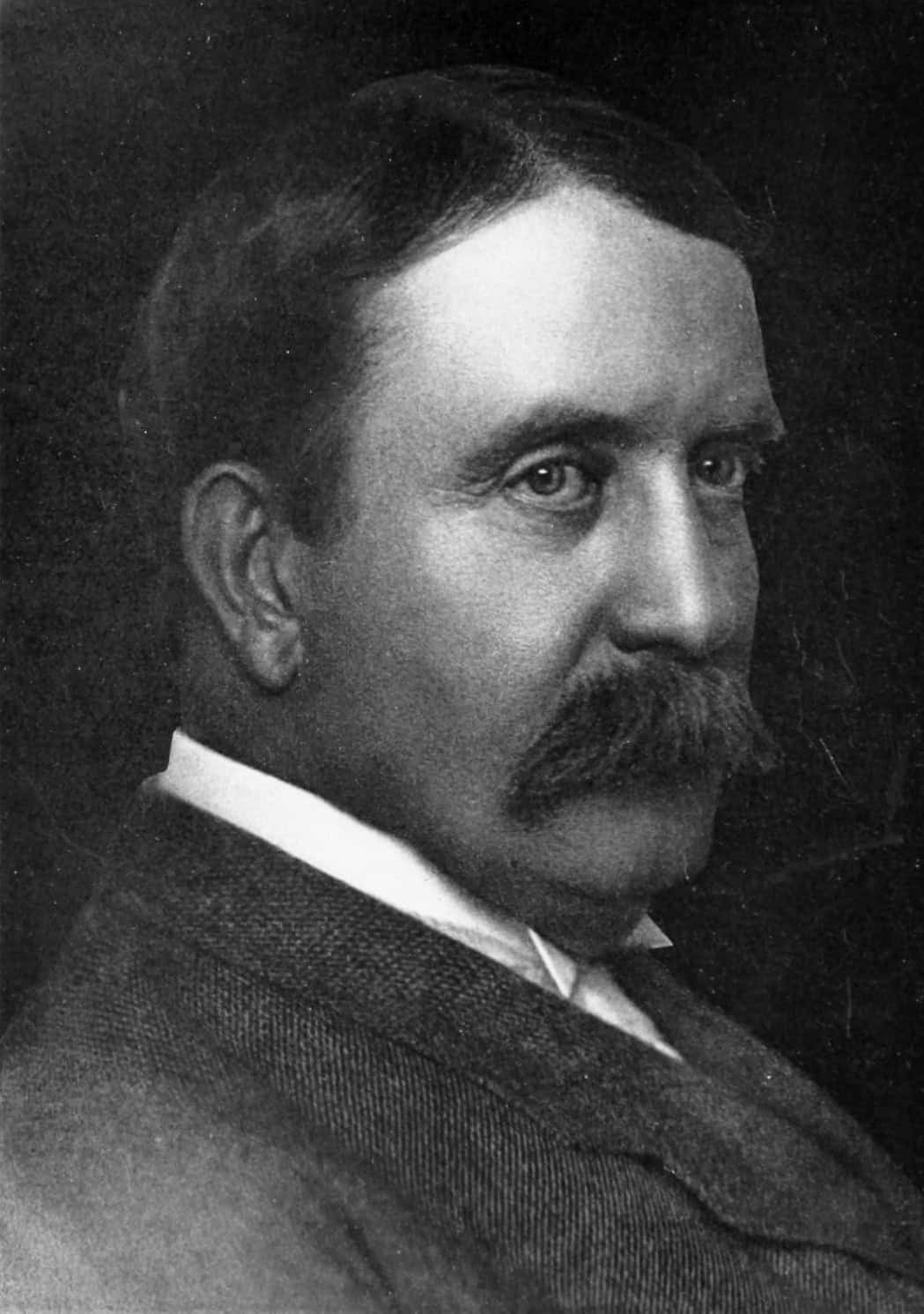
Daniel Burnham was an American architect and urban planner who played a crucial role in shaping the development of cities in the United States during the late 19th and early 20th centuries. His work, including the master plans for Chicago and Washington, D.C., emphasized the importance of grand boulevards, public spaces, and monumental architecture. Burnham’s approach to urban planning, known as the City Beautiful movement, sought to create cities that were not only functional but also beautiful. His work redefined urban spaces by promoting the idea that the design of cities should inspire and uplift their inhabitants. Despite his significant contributions, Burnham’s influence on urban planning is often overshadowed by more contemporary figures, making his work all the more important to recognize.
This article originally appeared on Rarest.org.
More from Rarest.org
13 Iconic Retro Video Games and Their Current Prices

Super Mario Bros., released for the Nintendo Entertainment System (NES), revolutionized platform gaming. Its simple yet addictive gameplay captivated players worldwide, establishing Mario as Nintendoâs flagship character. Read more.
12 Hidden Historical Sites in Major Cities
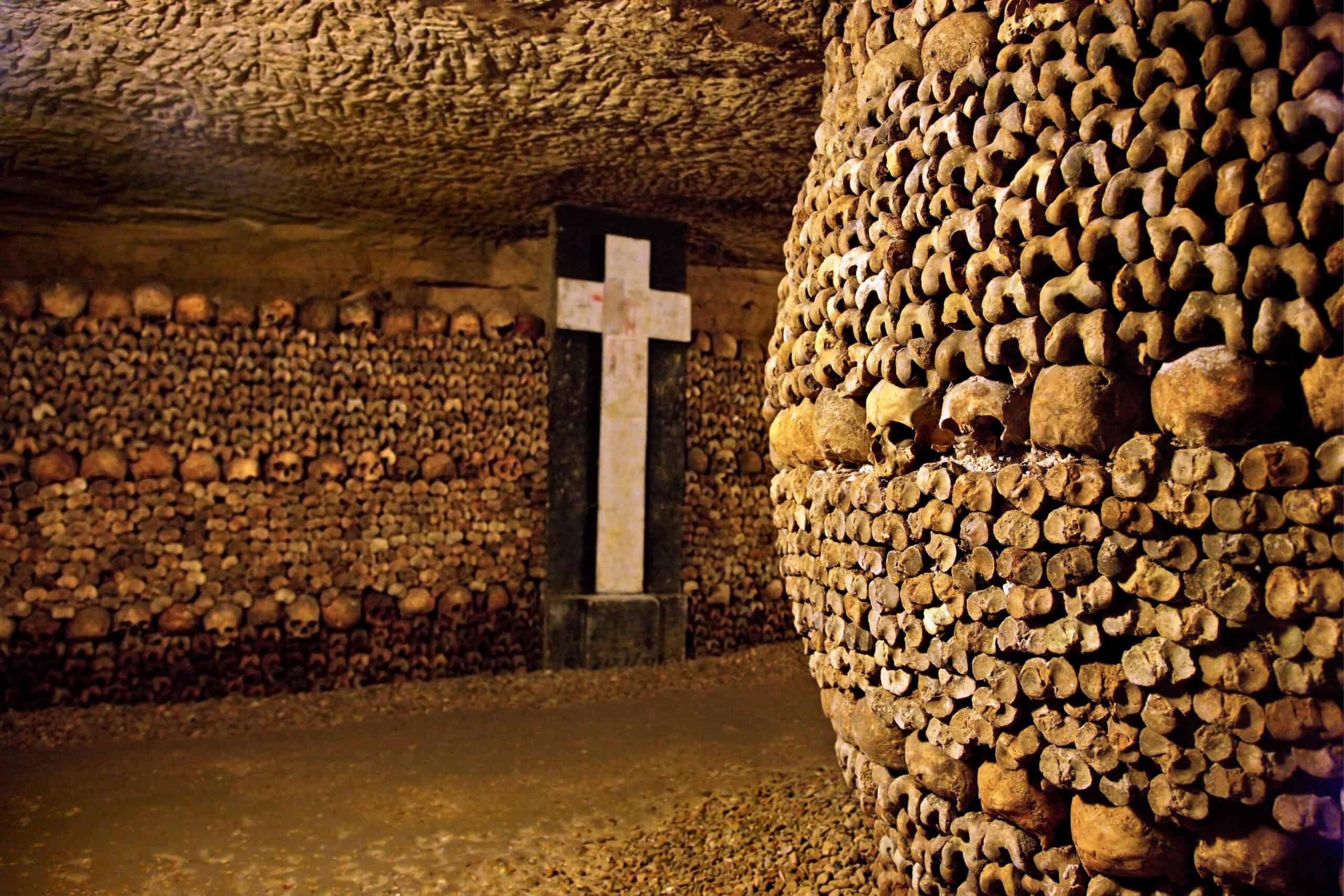
Discovering the hidden historical sites in major cities offers a unique glimpse into the past. These locations are often overlooked by tourists but hold significant cultural and historical value. Read more.
9 Most Expensive Wines and Spirits Ever Bottled

When it comes to luxury, nothing quite compares to the world of fine wines and spirits. These extraordinary bottles are more than just beverages; they are pieces of history, art, and craftsmanship, commanding staggering prices that reflect their rarity and exceptional quality. Read more.
